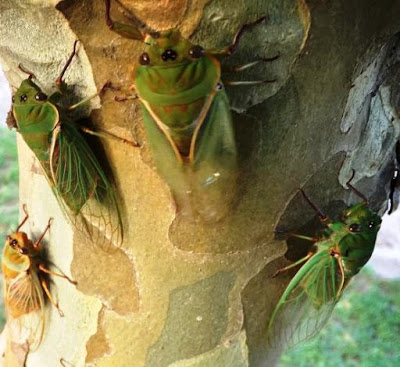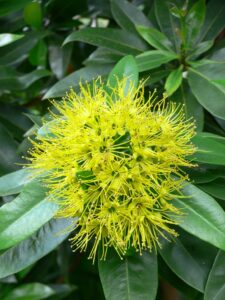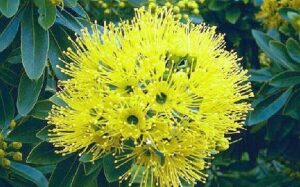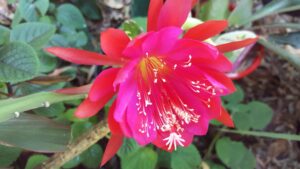This summer seems to be shaping up to be ‘the season of the Cicada’ as their presence is being heard more stridently this year than most other years – or at least here on the Coffs Coast.
Australia has a huge reputation for cicadas with a predicted 700-1000 species. This figure far outstrips South Africa and North America’s 150 and 170 respectively. The United Kingdom can only lay claim in a single species. However having said that though, there are only around 350 Australian Cicada species that have been scientifically described.
These critters start their life as a nymph living underground in the soil and feed off the sap from roots. To date, there is no hard and fast rule on just how long Cicadas spend underground but there is anecdotal evidence that suggests it to be somewhere between 6-10 years (depending on species), crikey!

What are Cicadas?
Cicadas belong to the one large family, the Cicadidae and are classified in the order Hemiptera, which includes all insects with piercing and sucking mouth-parts – some examples of other Hemiptera are aphids and scale insects.
What triggers their emergence?
- Summer months – that is the warmer months of the year;
- When overnight temperatures are warm; and
- A rainfall event prior to their emergence seems to be important (perhaps the ground is softer for them to make their way out of the ground?).





